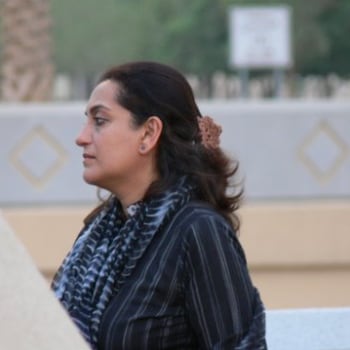Through subtle but significant shifts of each volume, the building gains a dynamic quality that will both attract visitors to the museum and provide visual delight that both distinguishes it from and connects it to the nearby architecture. By shifting the boxes and adding courtyards we open up views to the different levels of the building and provide all galleries with semi natural light.
The architects chose to enhance the urban character of the building without detracting significantly from its form, allowing it to remain an experiential and visual piece in itself. The transition between old and new is not always obvious, however. By opening the landscape around the convent of Saint Agnes, the architects sought to make a natural approach to a seemingly monolithic building. The gardens mediate between the museum and surrounding, providing access from one direction.
Evidently, at night the Museum shows life from the inside with artificial lights shining through the hidden openings, enhancing the gaps between the volumes and giving more lightness to the massive building.
The building is divided into three parts. The first part is dedicated to public functions such as an amphitheater, entrance, cloakroom, ticket office, etc. The second part is the heart of the project which provides the main access between other parts and connecting all the levels. The third part is the most private one that some classrooms and offices existed there.
Two solid volumes play the main role in the circulation in the building throu¬gh the ramps and staircases. This is arranged on an axis that reflects the urban elements.
Moving through the layers of the building aims to reflect the different layers of history of the site as seen in particular with the layers of the former Josefov quarter cemetery.
After all the explorations and walking through the building, somewhere deep in the ground there is another kind of atmosphere. From the underground area, you see a series of floating volumes. The volumes that contain amphitheater, galleries, offices, classrooms, and other functions, are seen as floating objects from the basement. This is where the courtyards, ramps, stairs, and elevators come together to shape a new space.



